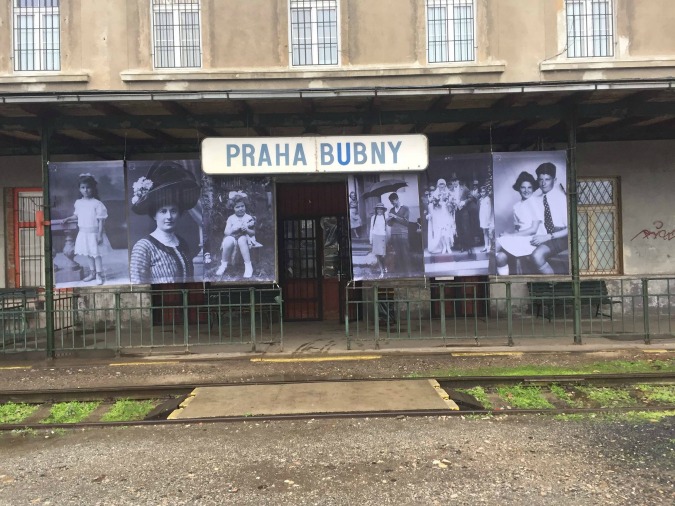During World War II, Praha-Bubny railway was the departure point for transports carrying tens of thousands of Prague’s Jewish inhabitants to the Nazi ghettoes, concentration camps, and extermination camps.
In recent years, the abandoned station in the city’s Holešovice district has become a culture space where critical reflection of this complex history has begun taking place via an on-going series of artistic events that have included drumming circles and photography installations.
PARTNER ARTICLE
It has now been announced that later this month, five consecutive days of concerts, plays, and workshops are scheduled to take place here as part of what is being called the Buben Solstice.
The event is organized by the Prague Shoah Memorial whose ongoing aim is to transform the former Bubny station into a modern center for contemporary history called the Memorial of Silence.

Photo: Památník ticha Nádraží Bubny / FB
Taking place from June 21-June 29, performances are free and will include dance inspired by the memories of a survivor deported from Bubny station, a play based on stories from Terezín’s Nešarim House, an open-air art show, and world music.
“The program offers a theme of otherness,” says Pavel Štingl of the Shoah Memorial. “Dramatists, musicians, or artists who are other—from another continent or another race, or who are mentally or physically handicapped—represent groups that the Nazis expelled into the unconscious and into non-existence.”
This midsummer concert series is also a part of the Prague United Islands Music Festival; associated musical performances will take place at its festival sites.
“Restoring historical memory, but also returning the energy of live art to the area is what we are interested in the long term,” says Štingl.
To see the full program and read more about the project, visit www.bubny.org/en/cultural-program












 Reading time: 1 minute
Reading time: 1 minute 
























